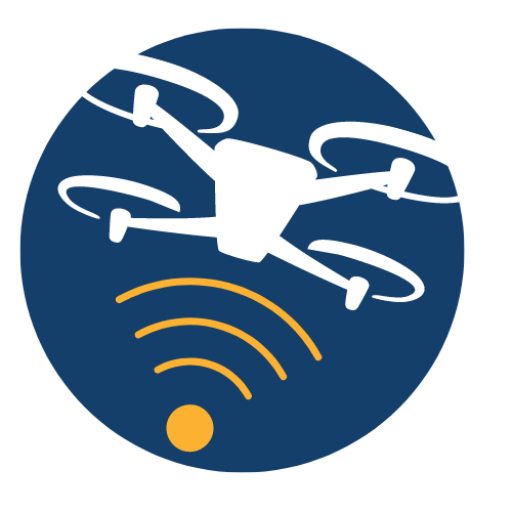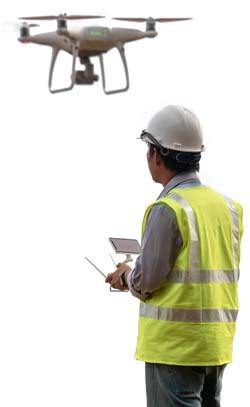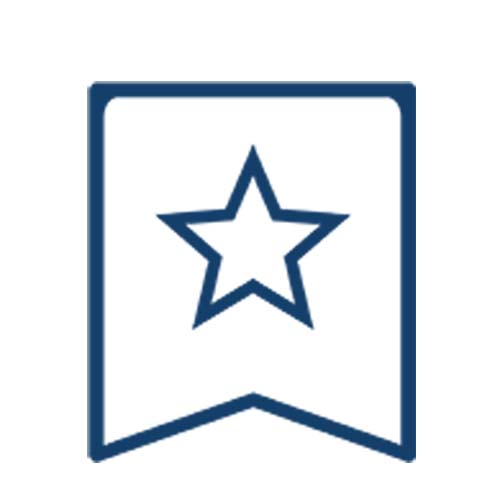Whole System
Measurement of Capabilities
In this stage, all eligible contestants can enter. Each contestant will need to purchase, build, or adapt an existing UAS capable of flight, sensing, and with radio hardware necessary to satisfy the Required Specifications.
Contestants will build specified test method apparatuses to run/fly, record attestation videos, and measure the performance of their system. They will submit their measurements and corresponding attestation videos to a contest leaderboard for review by judges and other contestants. Contestants may update their test methods results and accompanying attestation video at any time prior to the closing date. Contestants may wish to submit early and have their test methods results and attestation video assessed by other contestants. Contestants may also submit by a mid-stage deadline and request a preliminary review from competition organizers.
Up to 10 contestants will be selected from the top 10 as ranked on the leaderboard, after verification of their measurements, to receive cash prize awards and an invitation to participate in Stage 3: Live Final.








